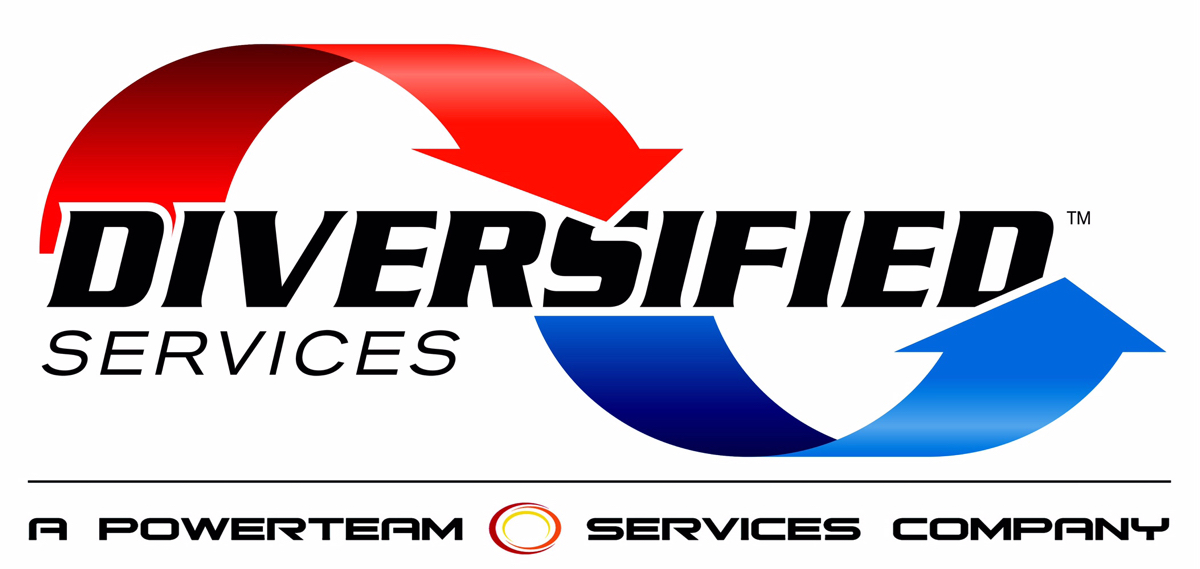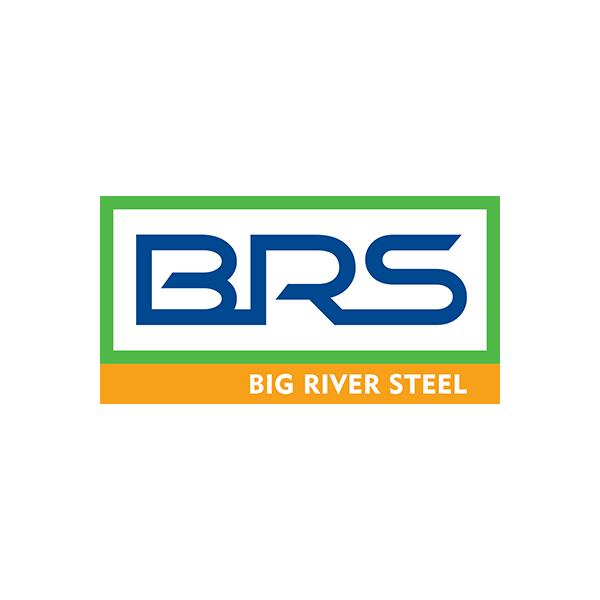Information
-
Route
-
Audit Title
-
Client / Site
-
Prepared by
-
Conducted on
-
Location
-
Personnel
1. Tank Battery
-
Overall condition of all elements
Shell Deck
-
Indication of leaks or corrosion on tank doors, shell (doors), and deck (base)
-
Indication of rust (indicate beyond cosmetic or not), peeling paint, oil staining, buckling, or sheen.
-
Inspect bolts, rivets, and seams for damage.
-
Additional observations, otherwise not mentioned
Vacuum Vents
-
Vents are not obstructed.
-
Indication of leaks: stainage, wetness, or sheen.
-
Additional observations, otherwise not mentioned
Foundation & Supports
-
Indication of washouts on the ground near base of tank.
-
Indication of erosion or settling under the base.
-
Indication of leaks in bottom of tanks.
-
Indication of leaks: stainage, wetness, or sheen.
-
Additional observations, otherwise not mentioned
Valves
-
Indication of leaks: stainage, wetness, or sheen.
-
Additional observations, otherwise not mentioned
2. Emergency Pits
-
Indication of erosion, deterioration, or vegetation growth
-
Additional observations, otherwise not mentioned
Accumulation of Fluids
-
Indication of imminent overflow.
-
Indication of past overflow, erosion, or staining.
-
Additional observations, otherwise not mentioned
3. Saltwater Disposal Systems
-
Indication of leaks in all emergency equipment, valves, safety switches, heat switches, injection lines, and well heads.
-
Additional observations, otherwise not mentioned
Tanks
-
Ensure gaskets, bolts, hatches, and walls are in good condition.
-
Indication of leaks or corrosion.
-
Indication of rust (indicate beyond cosmetic or not), peeling paint, oil staining, buckling, or sheen.
-
Additional observations, otherwise not mentioned
Pumps
-
Indication of leaks or corrosion.
-
Additional observations, otherwise not mentioned
4. Separation Equipment
-
Overall condition of all elements
Treater
-
General condition
Separator
-
General condition
Piping Valves
-
Indication of leaks: stainage, wetness, or sheen.
Drip Pans and Sumps
-
Indication of leakage or overflow: oil stain, wetness, or sheen.
-
Drip pans and/or sump full.
5. Facility Transfer Operations
-
Overall condition of all elements
Aboveground Valves
-
Valves, joints, flanges, unions, and connections show signs of leakage: oil staining, wetness, and sheen.
-
Additional observations, otherwise not mentioned
Lines
-
Warning signs are visible in areas with potential vehicle traffic.
-
Supports free of abrasion or corrosion
-
General condition
Containment Vessel
-
Indication of leaks or corrosion.
-
Indication of rust (indicate beyond cosmetic or not), peeling paint, oil staining, buckling, or sheen.
6. Containment
-
Rainwater drain valve is closed and locked or plugged.
-
Indication of leakage or overflow: oil stain, wetness, or sheen outside of containment.
-
Containment volume appears to be at least 1.5 the capacity of the largest single oil-containing vessel within the containment structure.
-
Additional observations, otherwise not mentioned
Condition of Walls
-
Walls are free from cracks, deterioration, staining, or excessive vegetation.
-
If dirt berm, the berm is even and erosion free
-
Walls will retain liquid.
Fluid Accumulation
-
Excessive fluid (in need of drainage or pump out) in containment.
-
Fluid has a sheen, color, or solids.
7. Location
-
Overall condition of all elements
Map Details
-
Are the map details accurate?
Condition
-
Area is free of litter and trash
-
The condition of the road
-
Additional observations, otherwise not mentioned
Spills
-
Free from evidence of spills, including oil, saltwater, or other
Washout
-
Free from evidence of washout
-
Free from erosion gullies and soft soils
8. Well
-
Overall condition of all elements
Wellhead Valve or Connection Leak
-
Indication of leakage: oil stain, wetness, or sheen.
Well Cellar-Water or Oil Accumulation
-
Fluid amount accumulated inside containment
-
Containment vessel is full
-
Fluid has a sheen, color, or solids.
Wellhead Connection
-
General condition
Stuffing Box & Tee
-
General condition
Engine
-
General condition
-
Indication of leakage: oil stain, wetness, or sheen.
General Condition of the Area
-
Area is free of litter and trash
-
The condition of the road
-
Additional observations, otherwise not mentioned
9. Flowlines
-
Overall condition of all elements
Connections and Valves
-
Valves, joints, flanges, unions, and connections show signs of leakage: oil staining, wetness, and sheen.
-
Flow lines/intra-facility lines/pipelines indicate any leaks or repairs needed
-
Valves, joints, flanges, unions, and connections show signs of corrosion and wear.
Flowlines
-
Flow lines/intra-facility lines/pipelines indicate any leaks or repairs needed
-
Buried or submerged flow line/pipelines indicate any leaks or repairs needed
-
Supports free of abrasion or corrosion
-
Out of service lines are capped or bank flanged.
-
Buried pipes are not exposed
Headers
-
General condition
-
Indication of leakage: oil stain, wetness, or sheen.
10. Compression Equipment
-
General condition
-
Indication of leakage: oil stain, wetness, or sheen.
11. Berm Heights -Tank Battery
-
What is the height of the berm?
-
Berm is even on all sides
-
General condition
Berm Heights - Separator
-
What is the height of the berm?
-
Berm is even on all sides
-
General condition
Berm Heights - Heater Treater
-
What is the height of the berm?
-
Berm is even on all sides
-
General condition
12. Tank Number and Sizes
-
Are there any other tanks? If yes, what are the sizes?
Oil Tanks
-
List all the oil tanks with corresponding ID numbers and capacities.
Water Tanks
-
List all the water tanks with corresponding ID numbers and capacities.
-
Additional notes
-
Add signature













